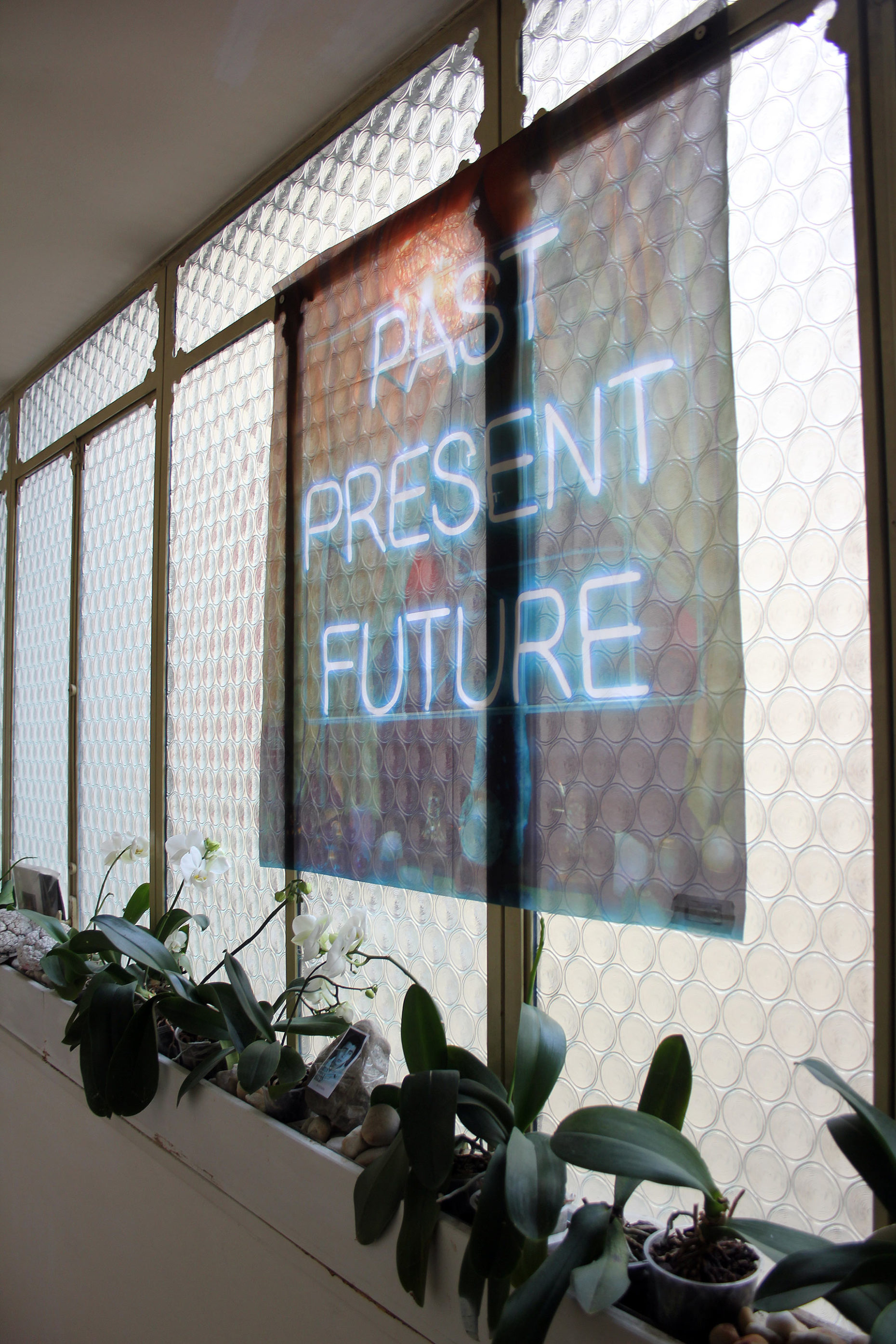It is impossible to frame Stefano W. Pasquini’s artistic research in a canonical classification. His works bring together pictorial suggestions, languages, photographic details, linguistic references, political activism, advertising graphics, texts and actions. And perhaps the true purpose of his vision is the constant questioning of in which territory we are operating. The works fluctuate between styles and contexts, leaving us scattered but also aware of having to do more in order to reach some meaning. A continuous practice, an orderly flow, almost as if the artist felt the need to create a work a day to add up to a necessity, a requirement, a stance on his way of understanding the artistic practice and the role of the artist in a contemporary consumer society. However, what could be criticized as a lack of consistency or recognizability (following the canons of contemporary critical considerations), is overturned and affirmed as a distinctive character: photographs, paintings, sketches, writings, performances and actions seen together seamlessly, without captions or descriptions suddenly become part of a single discourse, united by the meaning and analysis they carry out in the contemporary context. It is a reflection on today, on the categories of life, on the contradictions of politics and everyday life. A careful, pungent look that captures the details and, by combining them, builds awareness. For this reason, I find it ingenious to put together images without captions or explanations, in a procedure similar to what happens, inside our brain, every day, bombarded with disconnected images from our cell phones, computers, televisions and contexts. A “watching civilization”, apparently uncritical and passive, but which, here, becomes aware and incisive. We cannot fail to notice the influence of a parallel practice that Pasquini plays as a graphic designer in the way of relating to the world of advertising, to the canons and styles of design and productive creativity. Past, present and future shows a neon sign in one of Pasquini’s photographs; his work and practice shuns temporal classification and becomes suspended in time and space, inducing the viewer to do what he is never inclined to do: reflect on the meaning.
Lorenzo Balbi, 2018



